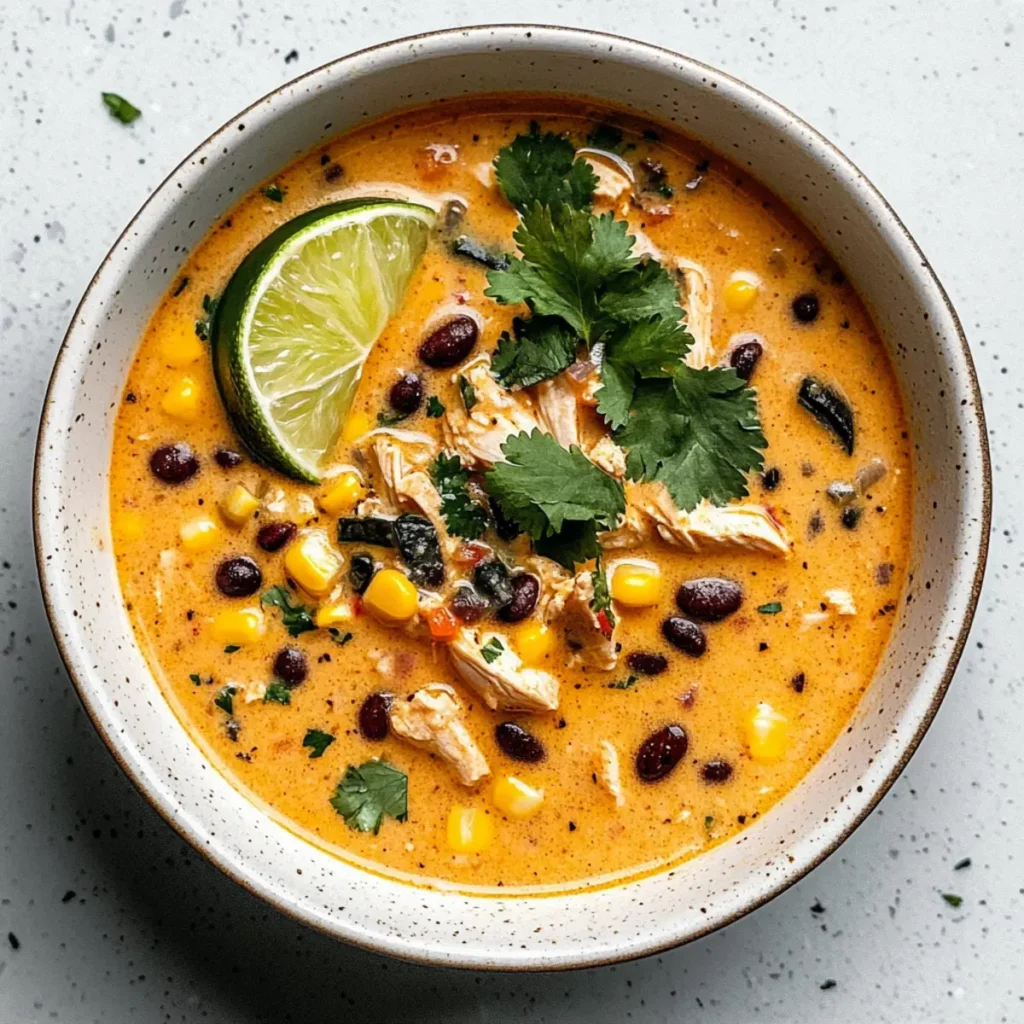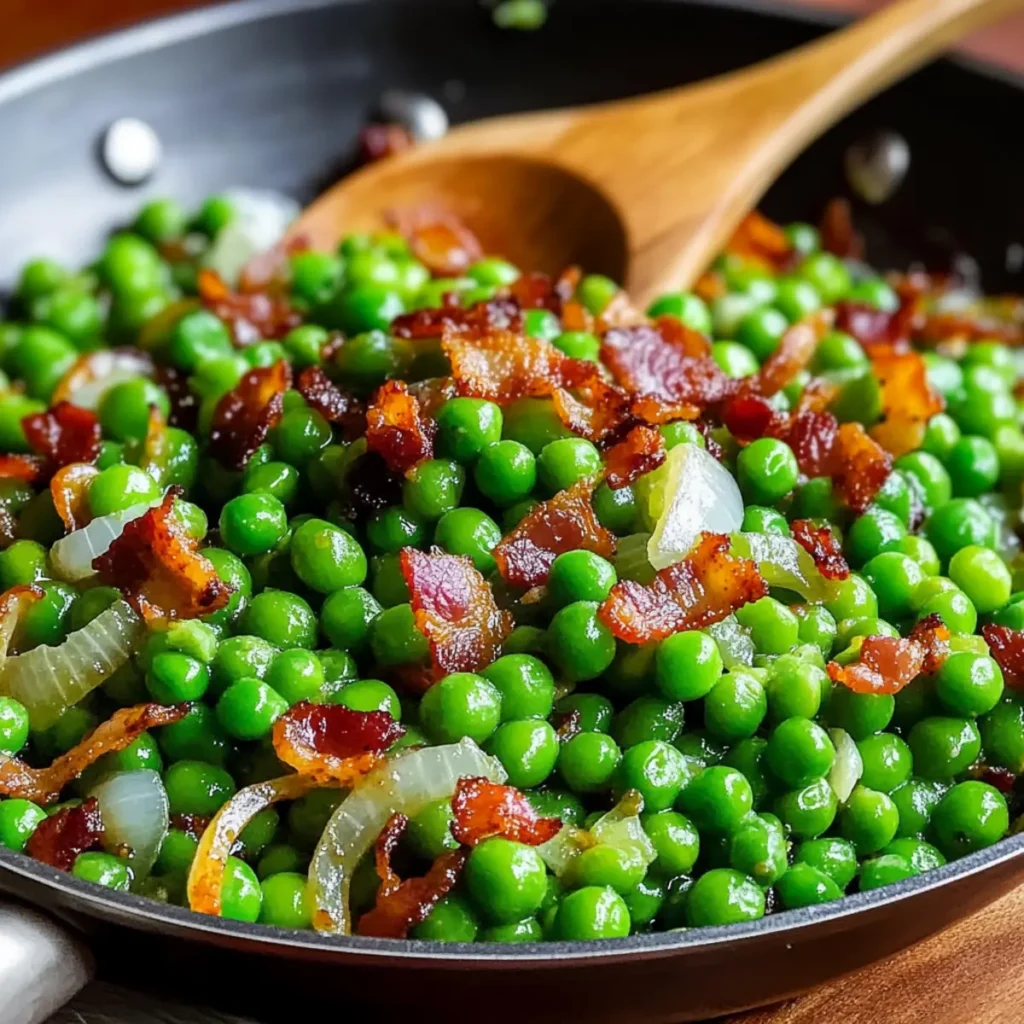In the world of culinary delights, every now and then, a dish comes along that captures the imagination and tantalizes the taste buds in equal measure. One such creation is the Cry Baby Noodles recipe, a dish that leaped from the screen of the Netflix hit ‘Hunger’ into the kitchens of food enthusiasts around the globe. This recipe is more than just a meal; it’s a fusion of flavors and cultures, a testament to the power of cinematic influence on our dining tables.
In this article, we dive into the heart of this sensational dish, exploring its origins, the burst of flavors it promises, and how you can recreate this masterpiece in your own kitchen. Whether you’re a fan of the film or a culinary explorer eager to try something new and exciting, the Cry Baby Noodles recipe offers a unique blend of spicy, savory, and umami notes that are sure to leave a lasting impression. So, grab your apron, and let’s embark on this delicious journey together, bringing a piece of cinematic gastronomy to life.
The Popularity of Cry Baby Noodles Recipe
The fame of Cry Baby Noodles skyrocketed following its appearance in the critically acclaimed Netflix’s “Hunger”. The dish has since become a symbol of culinary creativity and cultural fusion, making waves across social media platforms and dinner tables alike.
- Social Media Buzz: The dish’s unique blend of flavors and its cinematic backstory have made it a favorite topic among food bloggers and culinary influencers.
- Cultural Impact: Its popularity reflects a growing interest in Thai cuisine and the stories that food can tell.
The Story Behind Cry Baby Noodles
In “Hunger”, Cry Baby Noodles represent more than just a delicious meal; they are a narrative device that weaves through the storyline, symbolizing comfort and authenticity in a world of pretense and extravagance. The dish’s humble origins and heartfelt preparation contrast sharply with the opulent and often absurd world of fine dining portrayed in the film.
- Symbolism in Film: The noodles serve as a metaphor for sincerity and tradition in the face of modern culinary theatrics.
- Thematic Relevance: They highlight the divide between rich and poor, and the genuine joy found in simple, lovingly prepared meals.
Ingredients for Cry Baby Noodles Recipe
The ingredients for Cry Baby Noodles, inspired by the Netflix film ‘Hunger’, are as follows:
- 1/2 cup lap cheong (Chinese sausage)
- 1/2 cup dried shrimp
- 1/4 cup fish cake tofu
- 2 eggs
- 1 tbsp XO sauce and 1 tbsp miso paste (combined)
- 2 cloves of garlic (minced)
- 1 tbsp minced ginger
- 3 tbsp soy sauce
- 2 tbsp oyster sauce
- 1 tsp MSG
- 1 tsp salt
- 10-12 oz rice noodles
- Chopped scallion
These ingredients combine to create a unique and flavorful dish that captures the essence of the Cry Baby Noodles featured in the film. The combination of lap cheong, dried shrimp, and fish cake tofu provides a rich umami flavor, while the XO sauce and miso paste add depth and complexity. The use of garlic, ginger, soy sauce, and oyster sauce further enhances the taste, making it a delightful culinary experience.
Step-by-Step Cooking Guide for Cry Baby Noodles Recipe
- Prepare the Ingredients: Dice the lap cheong and fish cake tofu into smaller pieces. This will help them cook evenly and blend well with the noodles.
- Fry the Dried Shrimp: Heat oil in a wok and fry the dried shrimp for 60 seconds. This step will bring out the umami flavor of the shrimp, which is essential for the dish.
- Cook the Lap Cheong: Remove the shrimp from the wok and then fry the lap cheong for 2 minutes. The lap cheong should be cooked until it’s slightly crispy.
- Add Garlic and Ginger: Add the minced garlic and ginger to the wok, and fry them for 30 seconds. This will infuse the oil with their flavors.
- Scramble the Eggs: Add the eggs to the wok and combine them with the other ingredients. The eggs should be lightly scrambled and mixed well.
- Stir Fry the Noodles: Add the cooked rice noodles to the wok and stir fry for 2-3 minutes until they are charred. This step is crucial for getting the smoky flavor typical of wok-cooked dishes.
- Add Sauces and Seasonings: Add the XO sauce and miso paste, along with the soy sauce, oyster sauce, MSG, and salt. Stir well to ensure the noodles are evenly coated with the sauces.
- Final Touches: Add the shrimp, fish cake tofu, and scallions back into the wok. Stir fry everything together for another minute.
- Serve: Serve the noodles immediately while they are hot and enjoy the rich flavors of this unique dish.
This recipe captures the essence of the Cry Baby Noodles as seen in ‘Hunger’, offering a delightful mix of flavors and textures. The combination of lap cheong, dried shrimp, and fish cake tofu, along with the rich sauces, creates a dish that is both comforting and exciting to the palate.
For more detailed information and cooking instructions, you can refer to the original article on Lifestyle Asia.
Variations of the Cry Baby Noodles Recipe
- Vegetarian Cry Baby Noodles: Replace the lap cheong (Chinese sausage) and fish cake tofu with tofu or tempeh for a vegetarian version. You can also add more vegetables like bell peppers, carrots, and mushrooms.
- Seafood Variation: Enhance the dish with additional seafood like squid, scallops, or prawns for a richer ocean flavor.
- Spicy Cry Baby Noodles: For those who love an extra kick, increase the amount of chili oil or add fresh chilies to the recipe.
- Gluten-Free Option: Use gluten-free rice noodles and ensure that all sauces (like soy sauce and oyster sauce) are gluten-free.
- Chicken Cry Baby Noodles: Substitute the lap cheong with diced chicken for a different protein option.
- Beef Cry Baby Noodles: Incorporate thinly sliced beef instead of lap cheong for a heartier meat option.
For more culinary inspiration and recipes, you can explore the various posts on YummyOlk.com, such as the comfort food classics or delicious dessert recipes. These posts might give you ideas on how to adapt and serve your Cry Baby Noodles with complementary dishes.
Nutritional Information for Cry Baby Noodles Recipe
here’s a general nutritional breakdown for a serving of Cry Baby Noodles. It’s important to note that these values can vary depending on the specific ingredients and quantities used in the recipe:
- Calories: Approximately 450-550 kcal per serving.
- Total Fat: Around 16-18 grams. This includes fats from ingredients like lap cheong (Chinese sausage), eggs, and the oils used in sauces.
- Protein: The dish is likely to have a significant protein content, given the presence of lap cheong, dried shrimp, fish cake tofu, and eggs.
- Carbohydrates: Primarily from the rice noodles, the carbohydrate content can be substantial.
- Sodium: Due to ingredients like soy sauce, oyster sauce, and added salt, the sodium level might be high.
This nutritional information is a rough estimate and can vary based on how the dish is prepared and the specific ingredients used. For those watching their calorie intake or specific dietary components like fat, sodium, or carbohydrates, adjustments to the recipe may be necessary.
For more detailed nutritional information and variations of the recipe, you might want to consult specific culinary resources or nutrition databases. Remember, homemade dishes can be modified to suit dietary needs and preferences, so feel free to tweak the recipe to make it healthier or align it with your dietary requirements.
Pairing the Cry Baby Noodles Recipe with Other Dishes
When considering what to serve with Cry Baby Noodles, it’s important to balance the rich and robust flavors of the dish. Here are some suggestions for pairing with Cry Baby Noodles:
Light and Refreshing Salad:
A simple salad with fresh greens and a light dressing can provide a refreshing contrast to the spicy and savory flavors of the noodles. Consider ingredients like cucumber, cherry tomatoes, and a citrus-based dressing to cleanse the palate.
Steamed or Stir-Fried Vegetables:
To add a nutritious and crunchy element to your meal, pair the noodles with steamed or stir-fried vegetables. Broccoli, bok choy, carrots, and bell peppers are great options. They not only add color and texture but also help balance the richness of the noodles.
Cool, Fizzy Drink or White Wine:
A cool beverage can complement the spiciness of the noodles. Consider a fizzy soft drink or a glass of crisp white wine, which can help soothe the palate and enhance the overall dining experience.
Steamed Rice or Rice Cakes:
For those who prefer a more filling meal, steamed rice or rice cakes can be a good addition. They can help absorb some of the sauce and spices, making the meal more satisfying.
Pickled Vegetables:
Pickles or kimchi can add a tangy and slightly sweet flavor, which can be a delightful contrast to the spicy and umami-rich Cry Baby Noodles.
Soup:
A light broth-based soup, such as a clear vegetable or chicken soup, can be a soothing addition to the meal. It can help balance the intense flavors of the noodles and make the meal more wholesome.
Remember, the key to pairing is to balance flavors and textures. Since Cry Baby Noodles are rich and flavorful, accompanying them with lighter and simpler side dishes can create a harmonious meal experience.
FAQs for the Cry Baby Noodles Recipe
Is there a noodle recipe from the Hunger movie?
- Yes, there is a notable noodle recipe from the movie “Hunger,” known as Cry Baby Noodles. This dish gained popularity due to its appearance in the film. It’s a flavorful and spicy noodle dish that includes ingredients like lap cheong (Chinese sausage), dried shrimp, fish cake tofu, XO sauce, miso paste, garlic, ginger, soy sauce, oyster sauce, and rice noodles.
What is the origin of cry baby noodles?
- Cry Baby Noodles, as popularized by the movie “Hunger,” do not have a traditional origin in the sense of being a classic dish from a specific cuisine. Instead, they were created for the movie and became popular due to their unique and appealing flavor profile. The dish is a fusion of various Asian flavors, combining elements from different culinary traditions.
What can you add to noodles for flavor?
- To add flavor to noodles, you can incorporate a variety of ingredients:
- Sauces: Soy sauce, oyster sauce, fish sauce, sesame oil, and chili oil are great for adding depth and umami.
- Herbs and Spices: Garlic, ginger, green onions, cilantro, basil, and various spices can enhance the flavor.
- Proteins: Chicken, beef, pork, shrimp, or tofu can make the noodles more substantial and savory.
- Vegetables: Bell peppers, bok choy, mushrooms, carrots, and spinach can add freshness and nutrition.
- Acidic Elements: A splash of lime or lemon juice can brighten up the dish.
- Toppings: Crushed peanuts, sesame seeds, or fried onions can add texture and flavor.
How to make bouncy noodles?
- To make noodles with a bouncy, springy texture, often desired in Asian noodle dishes, follow these tips:
- Choose the Right Type of Noodles: Wheat-based noodles, like ramen or lo mein, are good for achieving a bouncy texture.
- Cooking Method: Boil the noodles in water until they are just cooked (al dente). Avoid overcooking as it makes them soft and mushy.
- Rinse and Shock: After boiling, rinse the noodles under cold water to stop the cooking process. This also removes excess starch, which can make them sticky.
- Stir-Frying: If you’re stir-frying, do it on high heat for a short time. This helps retain the noodle’s texture.
- Use Baking Soda: For homemade noodles, adding a small amount of baking soda to the dough can give them a more alkaline quality and a chewier texture, similar to ramen noodles.
Each of these aspects contributes to the unique culinary experience of noodle dishes, whether you’re recreating a movie-inspired recipe or experimenting with your own flavors and techniques.
Conclusion
Cry Baby Noodles, a dish that originated from a cinematic masterpiece, has now become a beloved recipe in many households. Its rich flavors and cultural significance make it more than just a meal; it’s a culinary adventure. So, put on your chef’s hat and bring the taste of Netflix’s “Hunger” into your kitchen!







Thanks for sharing. I read many of your blog posts, cool, your blog is very good.